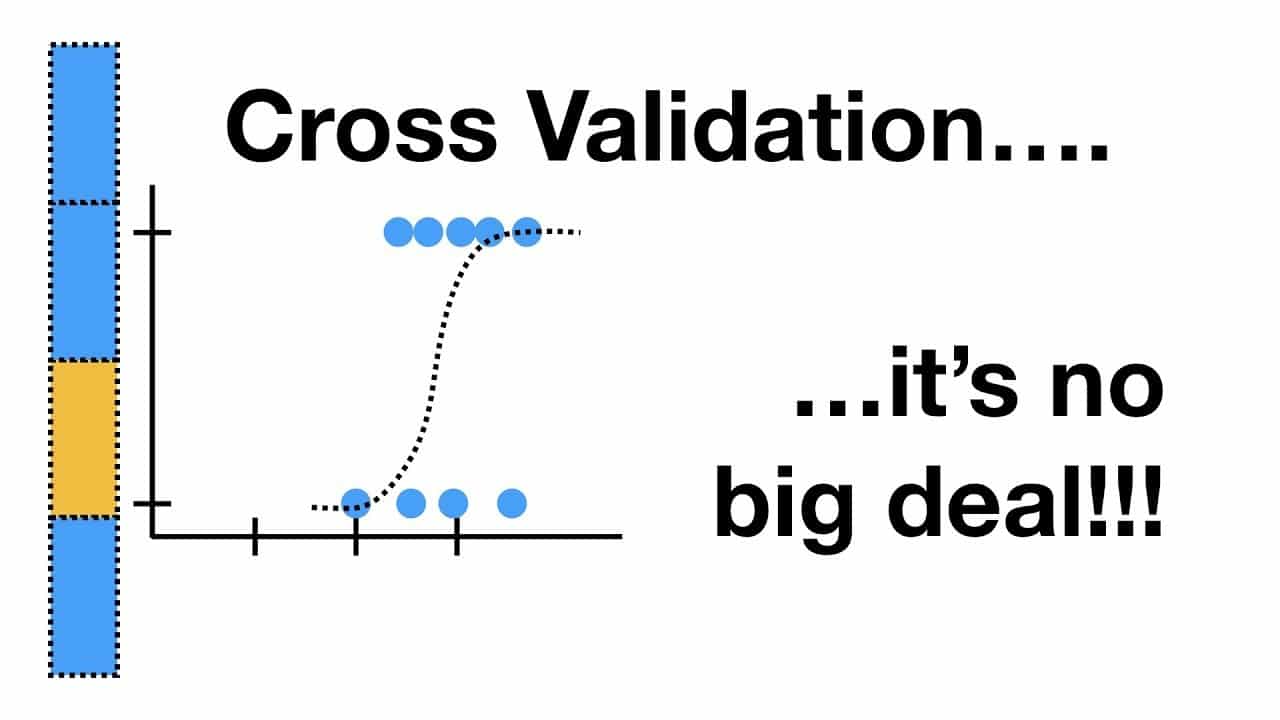Cross-Validation is a method in which a single dataset is partitioned into subsets, and used to validate a model’s accuracy. Generally, this involves partitioning the data into a training set and a testing set. The model is fit using the training set and then evaluated with the testing set.
Cross-Validation is an important tool for measuring the accuracy and reliability of a model. It helps to reduce overfitting, which occurs when a model is overly complex and fits too closely to the data used to train it. This makes it more difficult for the model to make accurate predictions for data it has not seen before. Cross-Validation ensures that the model is flexible enough to generalize to different data without overfitting.
The simplest form of Cross-Validation is a k-fold cross-validation. This technique involves partitioning the data set into k subsets, where k is the number of folds. Each fold is used to evaluate the model once. The model is evaluated by calculating the mean error. The number of folds can vary depending on the dataset size and number of training examples.
Cross-Validation is an important technique for evaluating the accuracy of a model and improving the reliability of predictions. This technique is used in a variety of fields, including machine learning, data science, and cybersecurity. By splitting the dataset and using a systematic validation scheme, researchers can verify that the model is accurate and has not overfit to the data used to train it.






